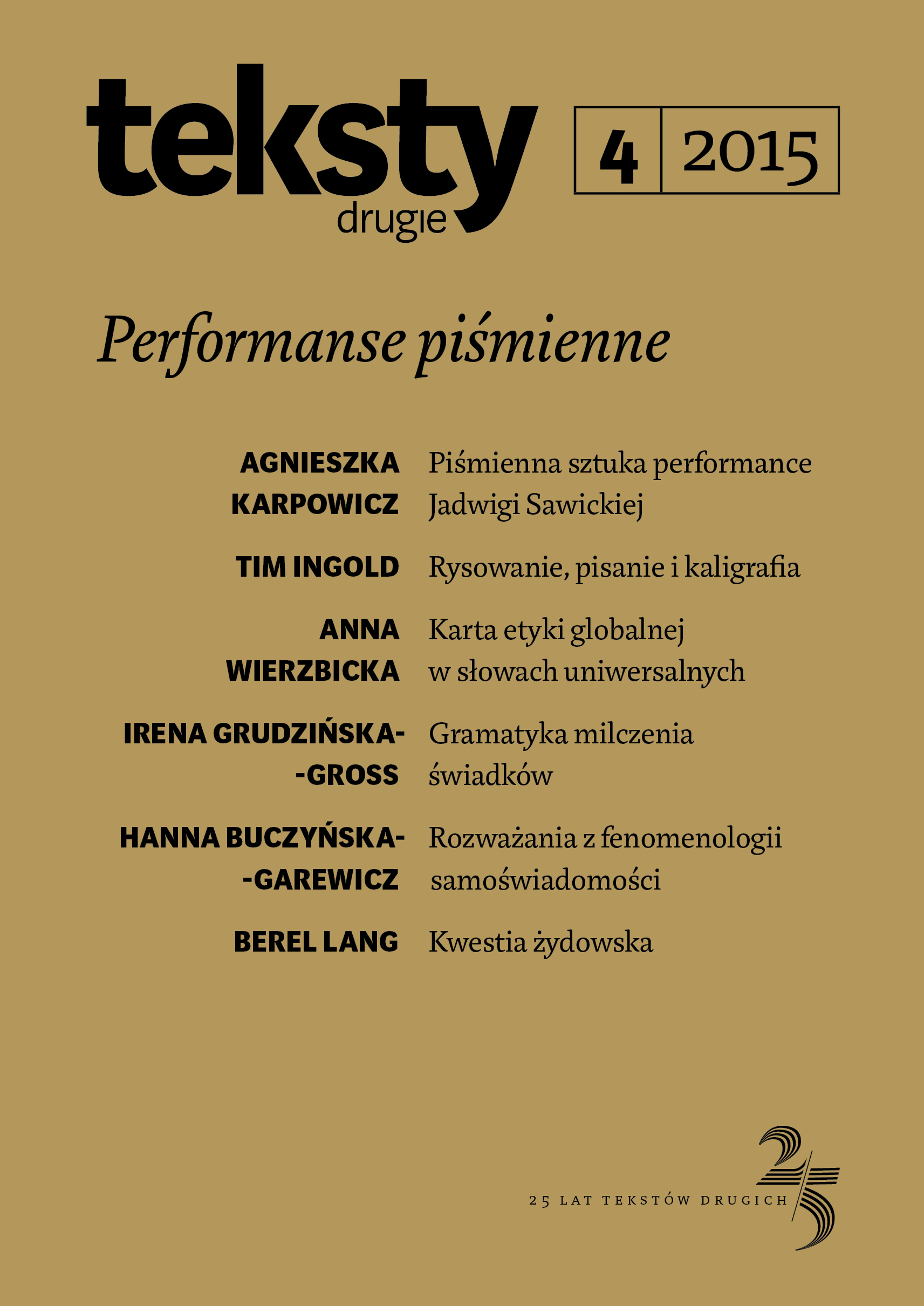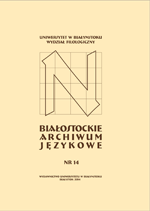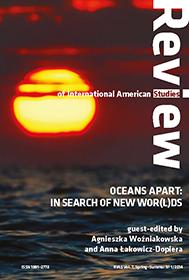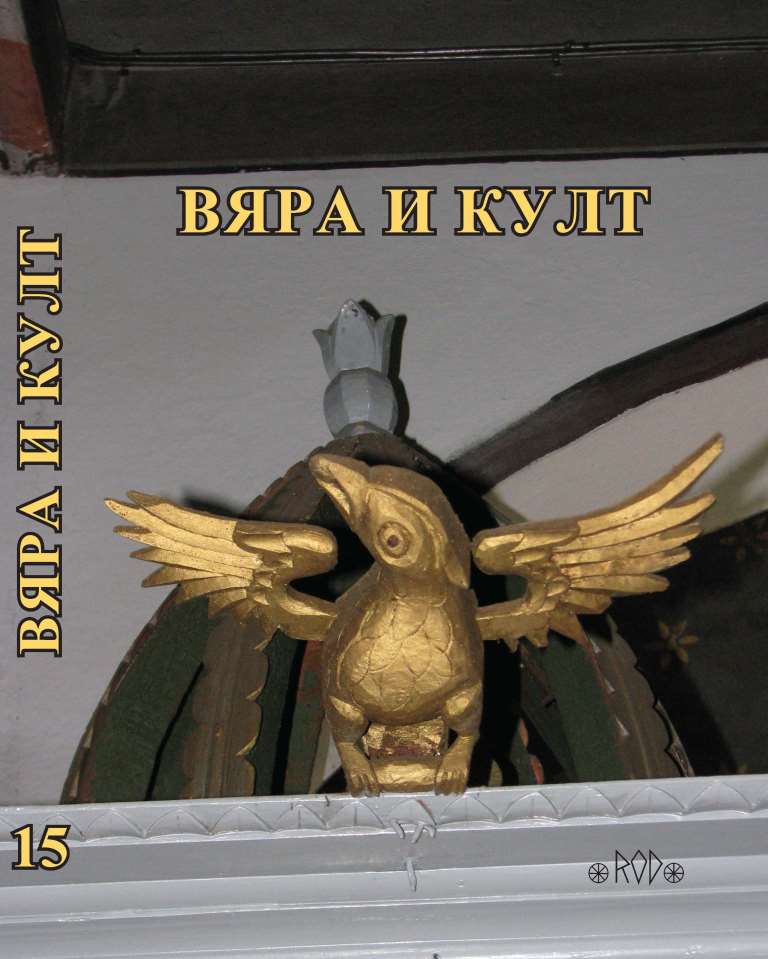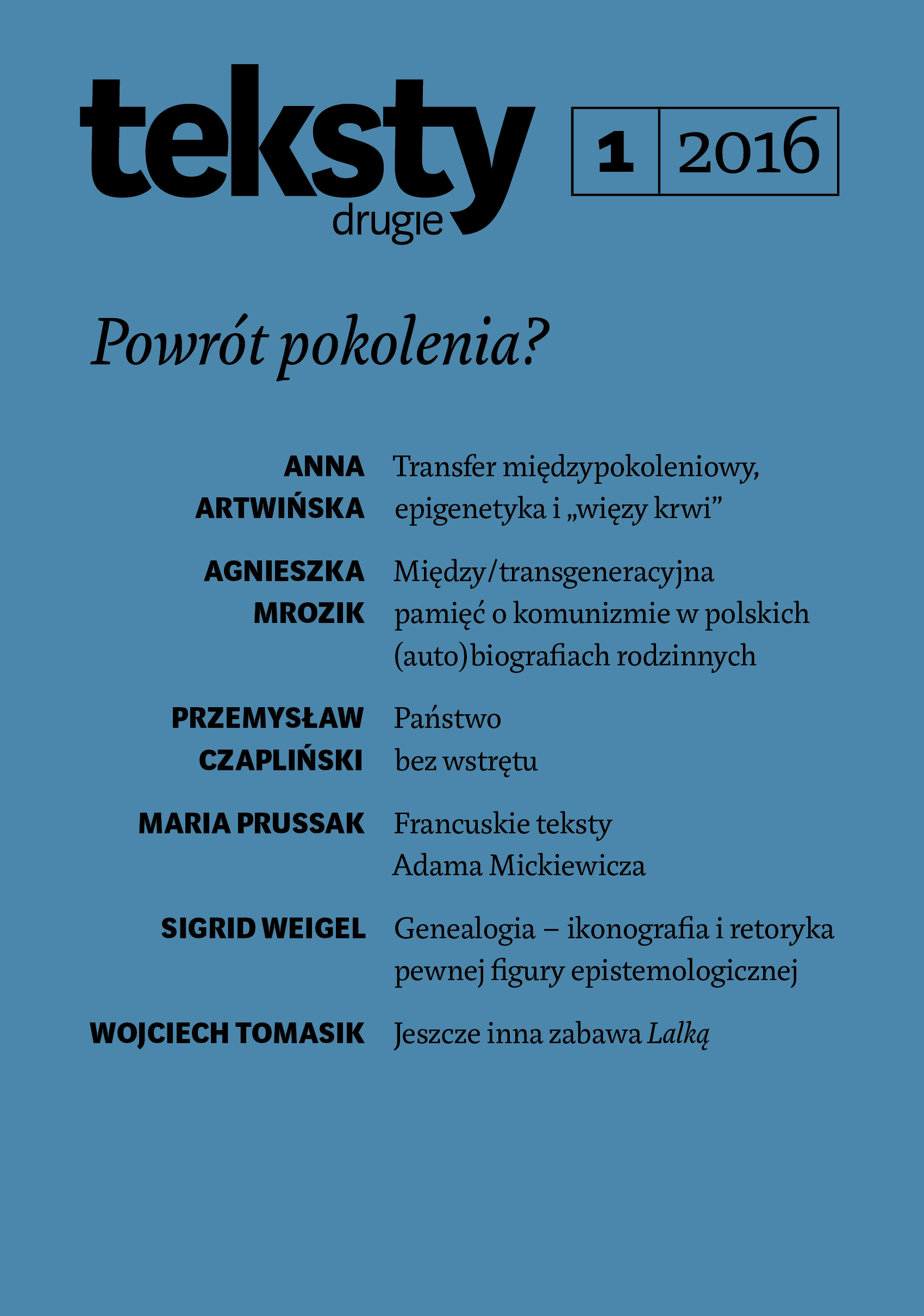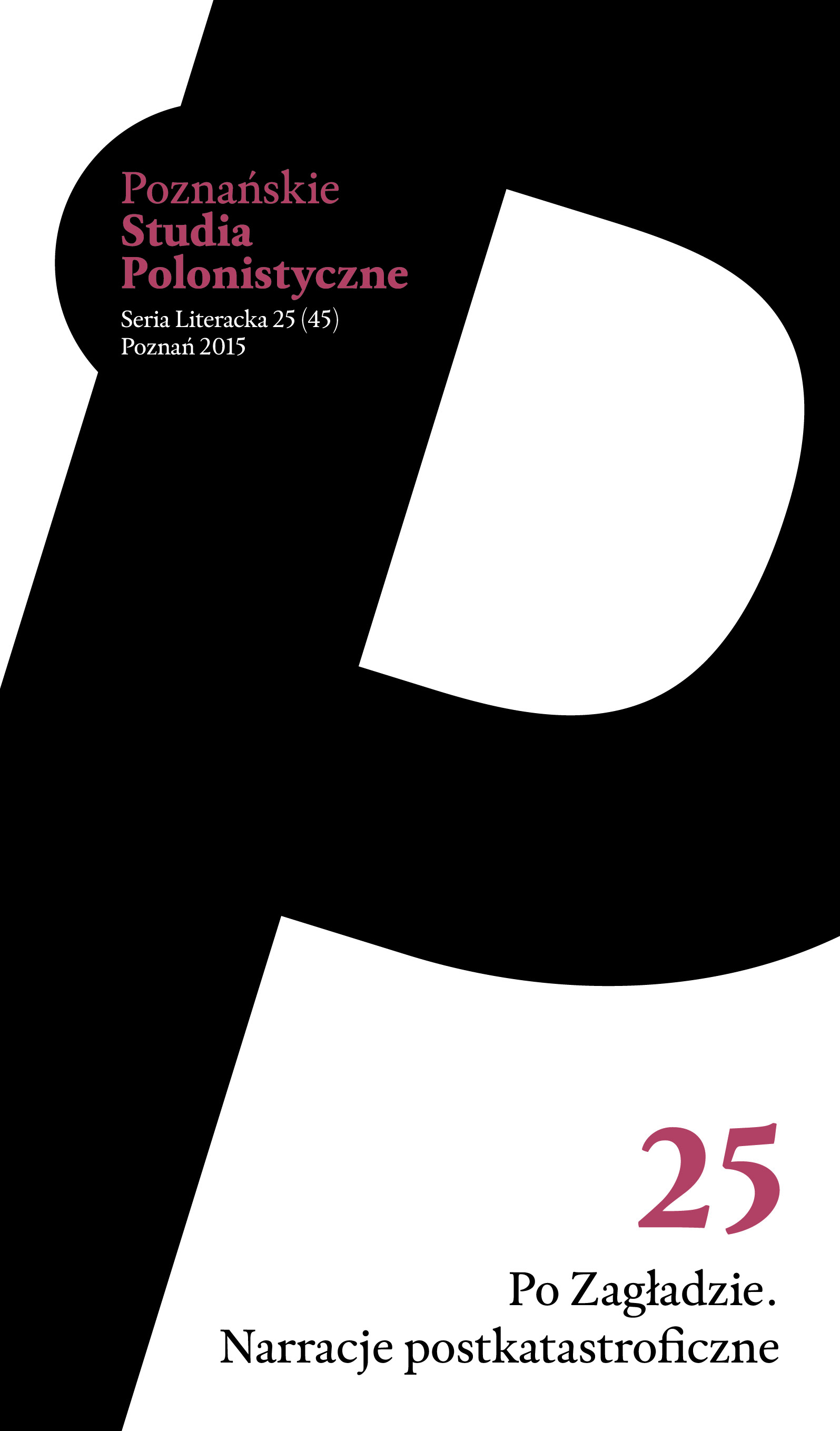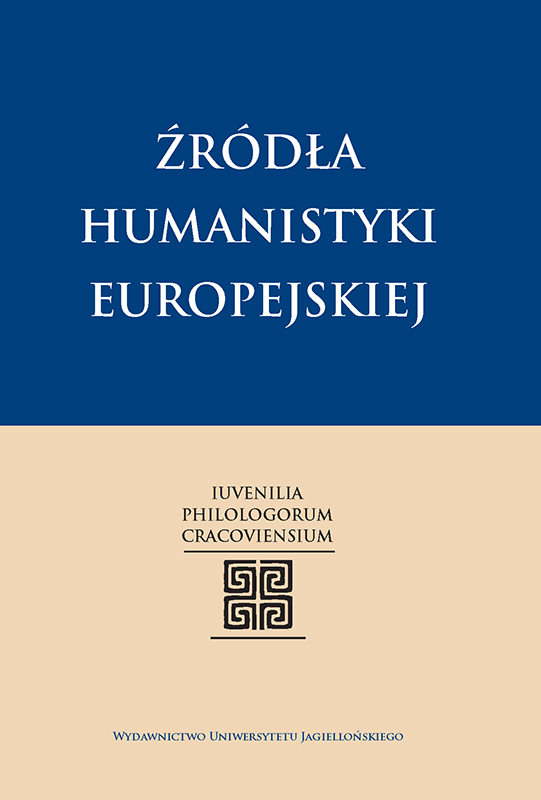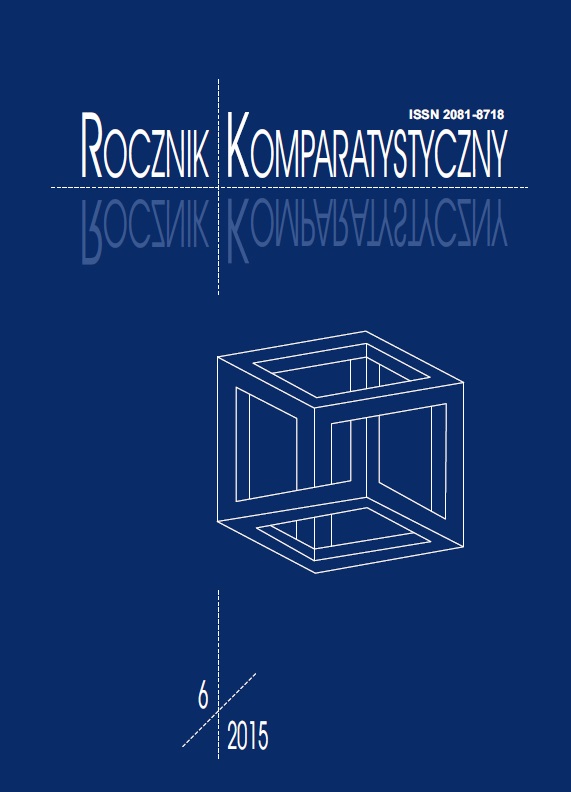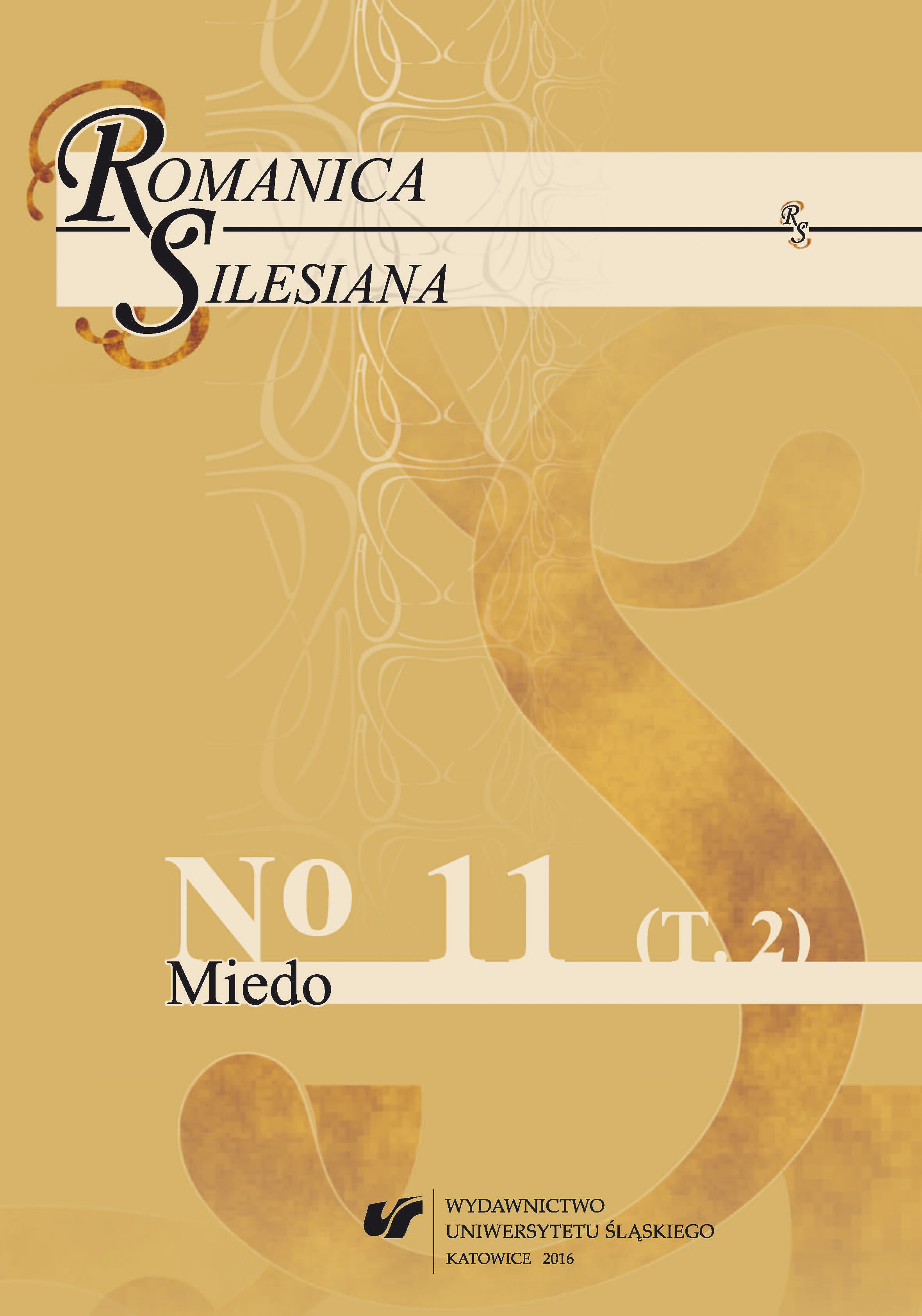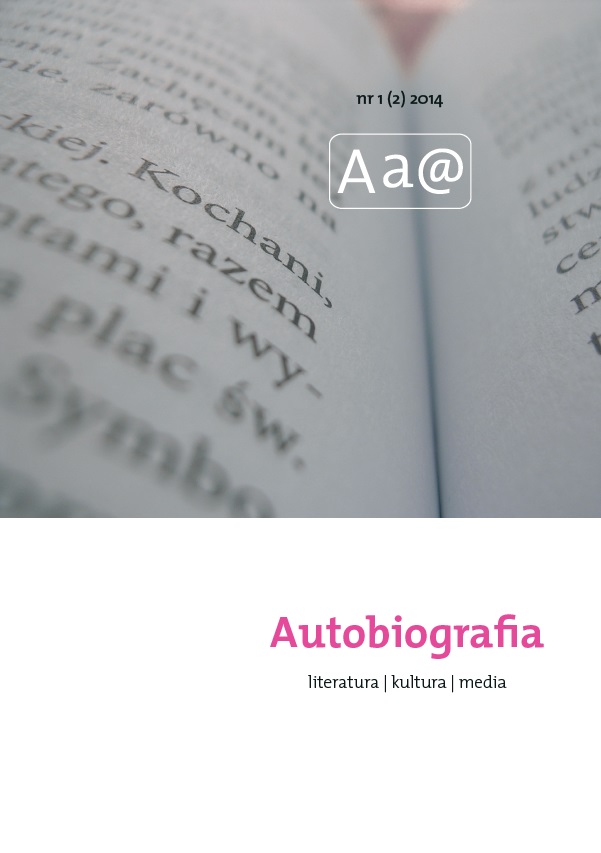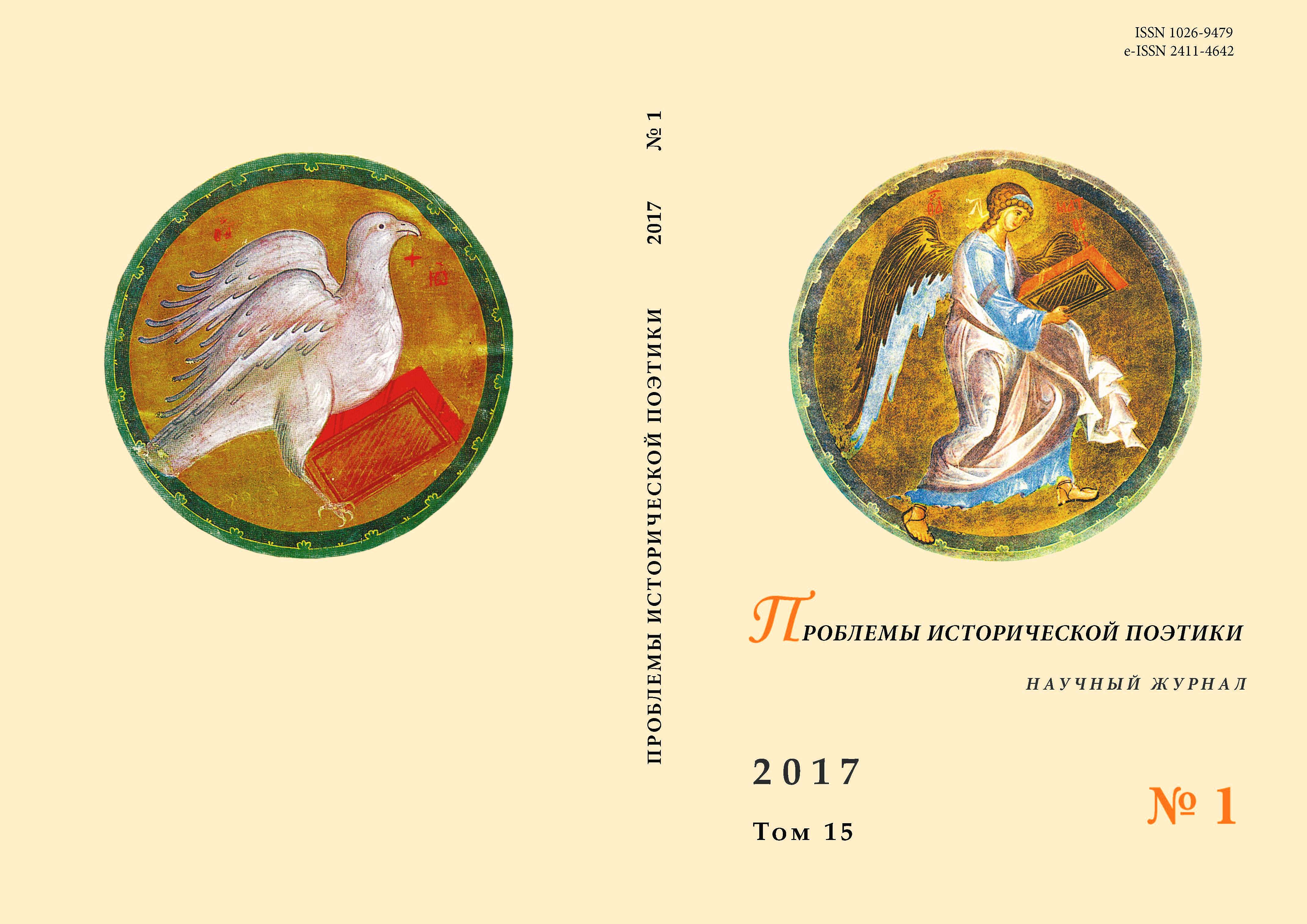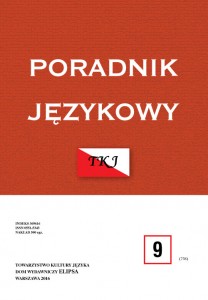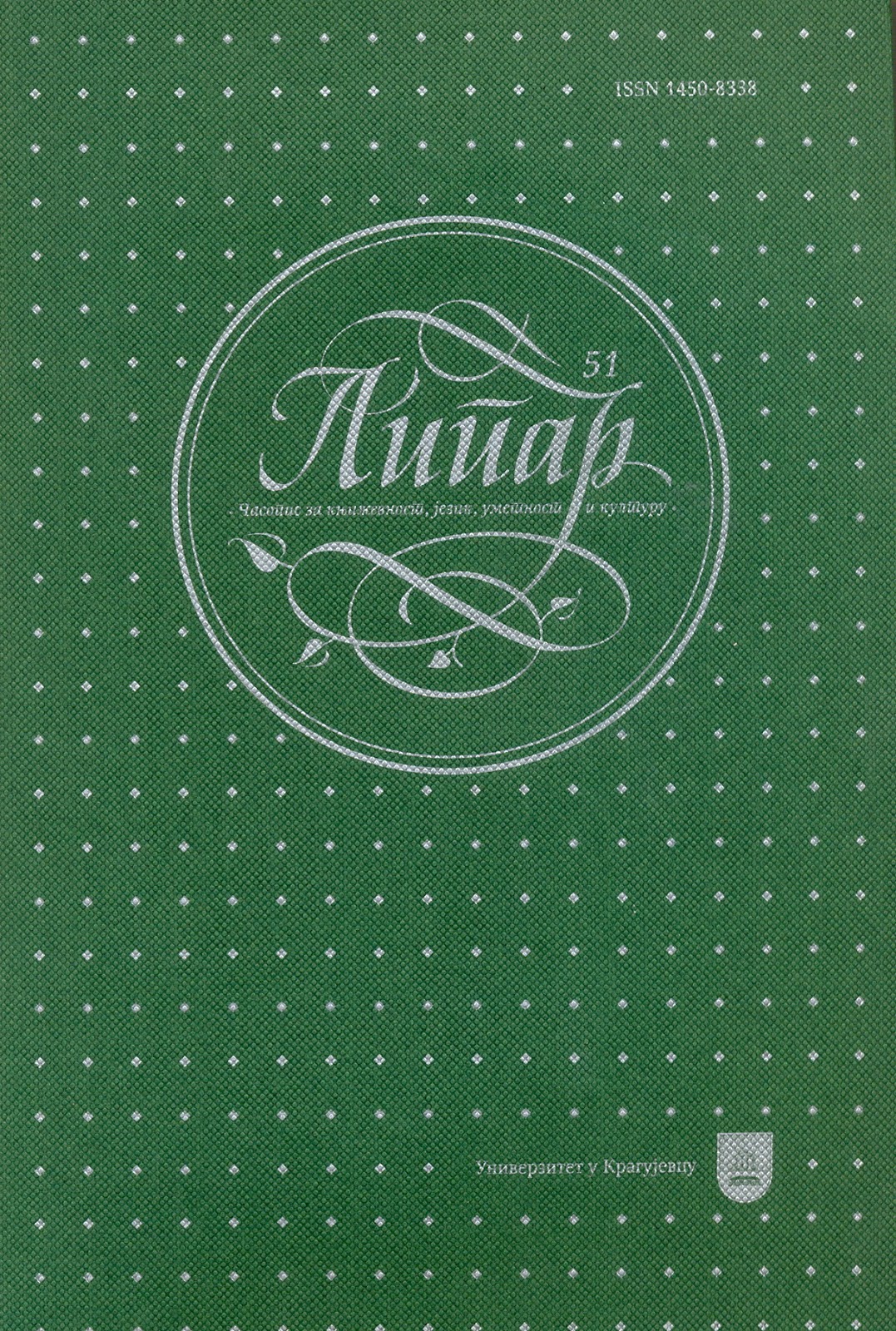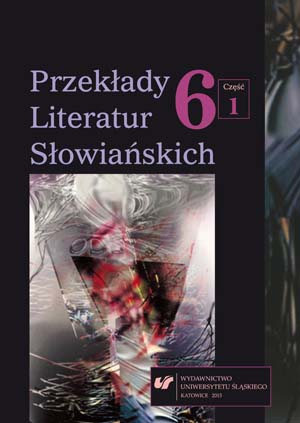
Przekład w przestrzeni oddziaływania obcej kultury
This article examines the problems associated with the acceptance of the work of Tadeusz Konwicki in Bulgaria and Yordan Yovkov in Poland. The fundamental questions in the field of translation studies are considered in this article, which are related to the different cultural codes of the recipient, historical difficulties and incorrect translation strategies.
More...
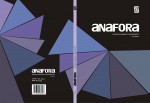
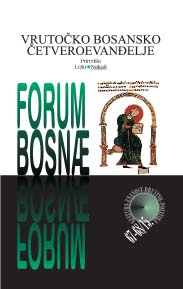
![Book review. Владимир Трендафилов. Употребите на британския ментор: рецепцията на Чарлс Дикенс в България. [Vladimir Trendafilov. The Uses of the British Mentor: Charles Dickens’s Reception in Bulgaria]](/api/image/getissuecoverimage?id=picture_2015_26115.jpg)
